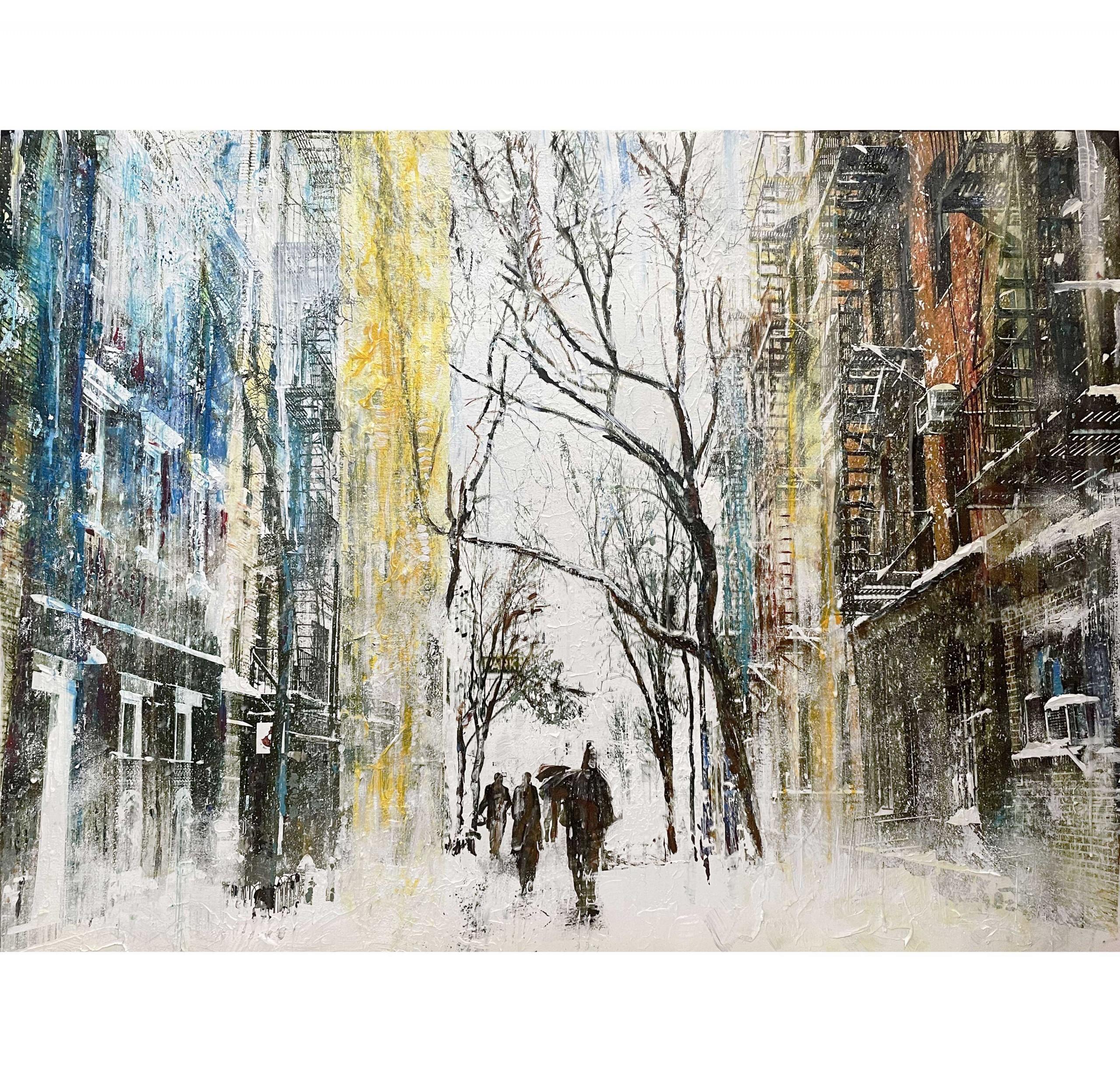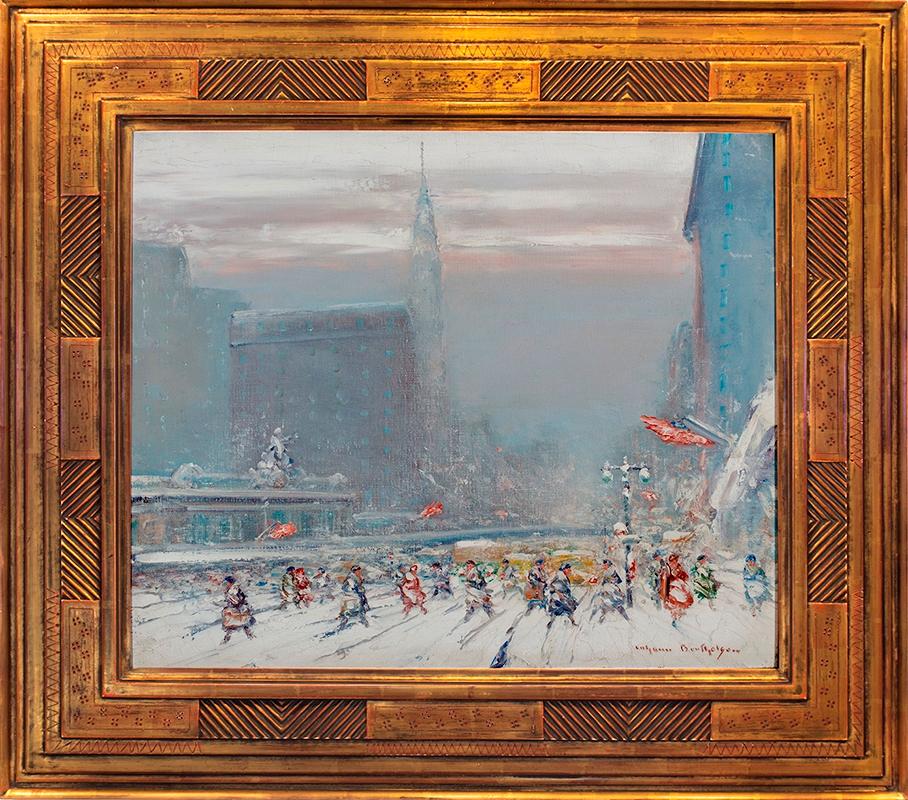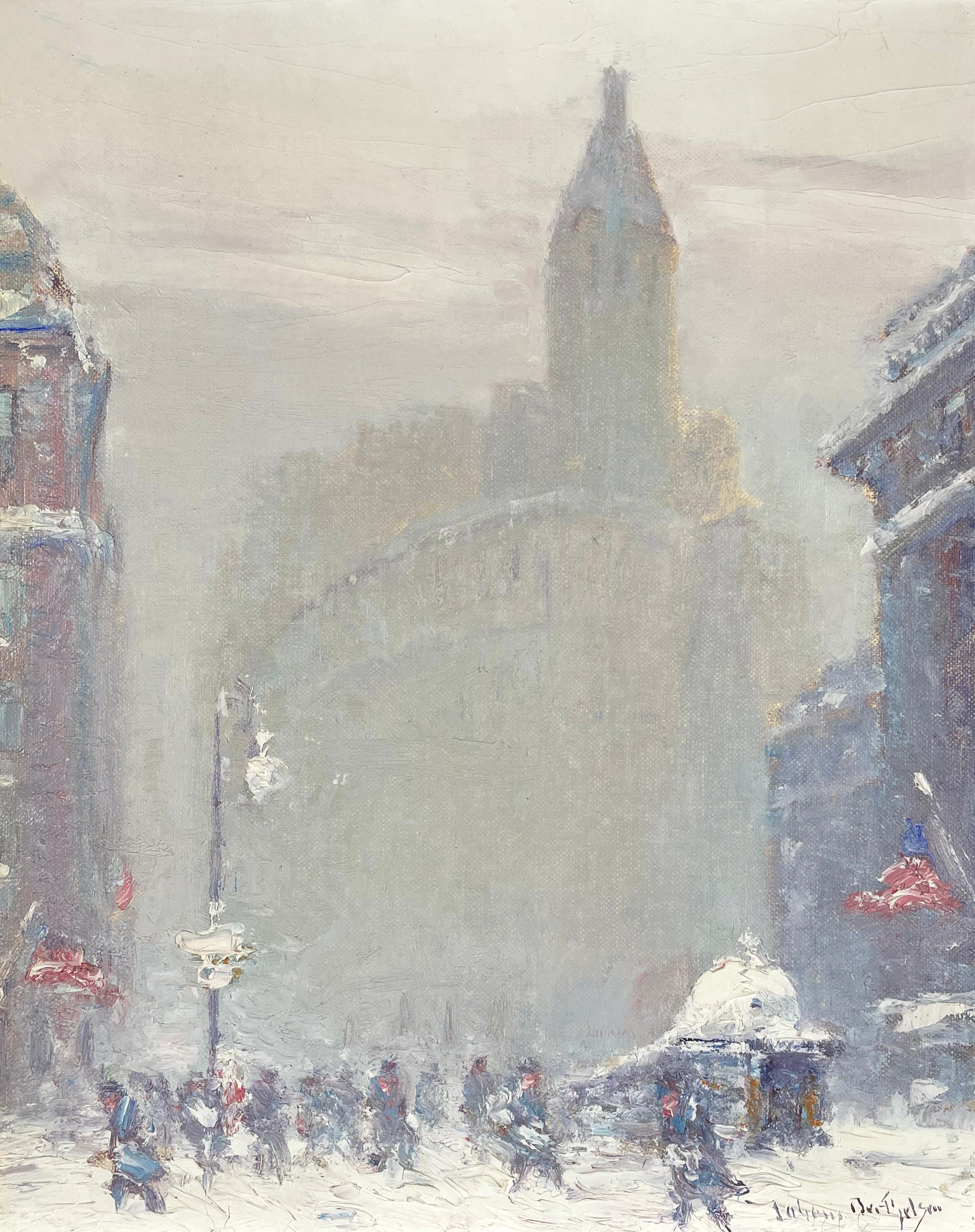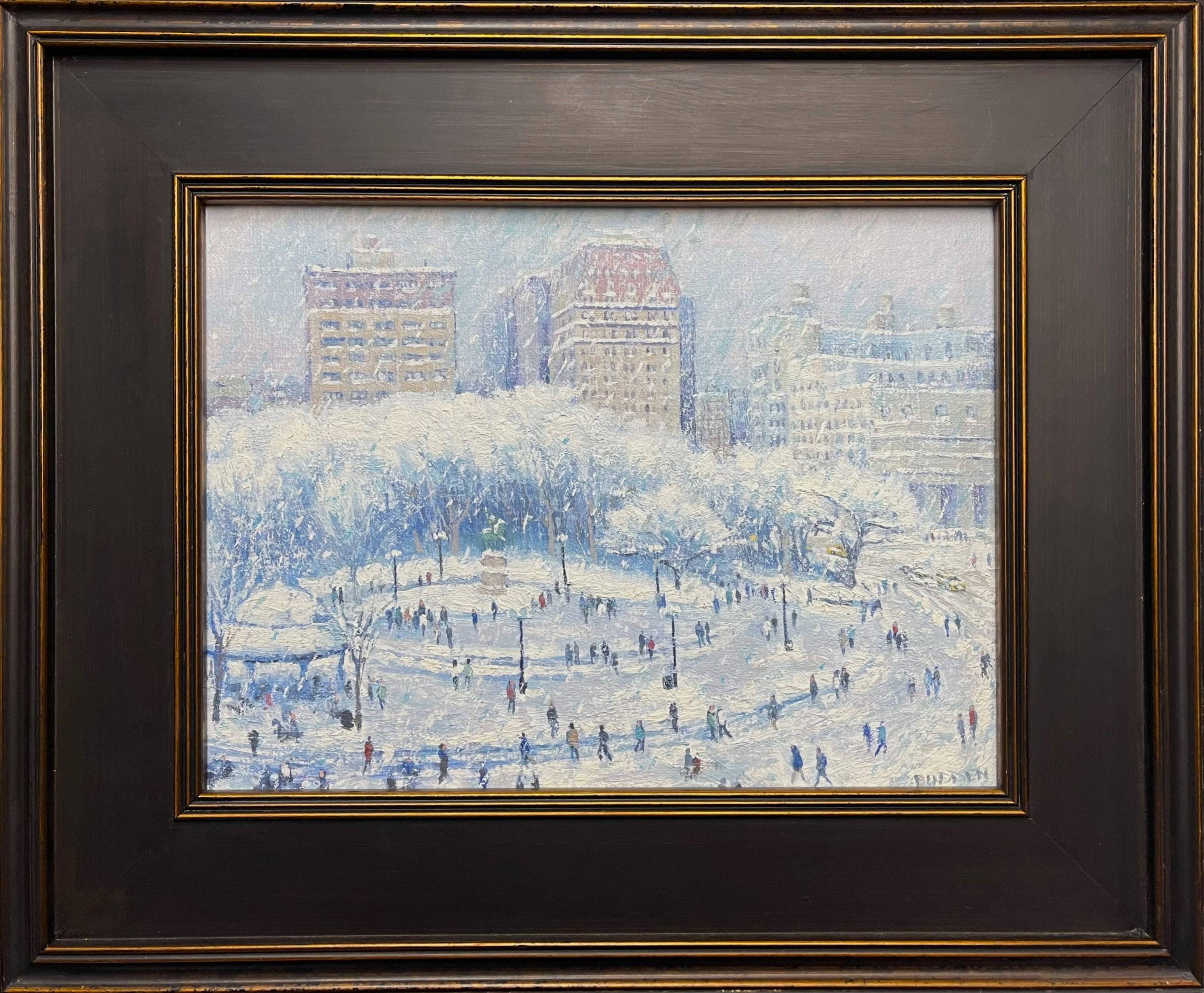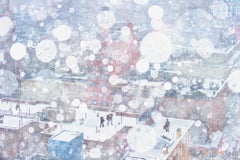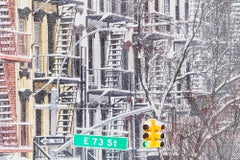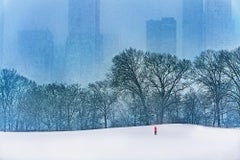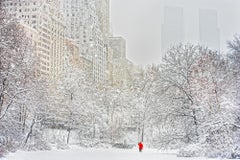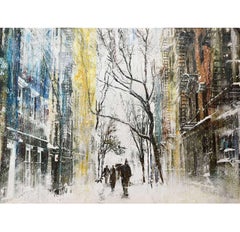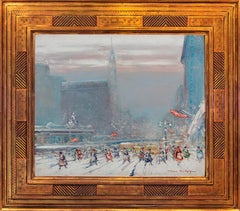Items Similar to Snowstorm, Morningside Heights, New York City - Monochromatic
Want more images or videos?
Request additional images or videos from the seller
1 of 18
Eugene Camille FitschSnowstorm, Morningside Heights, New York City - Monochromatic1940's
1940's
$35,000
£26,585.36
€30,635.35
CA$49,288.67
A$54,643.78
CHF 28,717.44
MX$668,750.21
NOK 358,651.59
SEK 336,630.40
DKK 228,673.85
About the Item
Eugene Camille Fitsch
Am./Fr., 1892-1972 - Signed lower right. Framed dimensions 20 3/4" x 34 7/8" framed
Provenance: Studio of the Artist to Private Collection Boston, Massachusets
Barridoff Galleries
Old handmade frame - perhaps period. - Frame has nicks and dents and paints lose.
- Creator:Eugene Camille Fitsch (1892 - 1972, French, American)
- Creation Year:1940's
- Dimensions:Height: 18 in (45.72 cm)Width: 32.25 in (81.92 cm)Depth: 2 in (5.08 cm)
- Medium:
- Movement & Style:
- Period:
- Condition:Overall good condtion.
- Gallery Location:Miami, FL
- Reference Number:1stDibs: LU385312080342

About the Seller
5.0
Gold Seller
Premium sellers maintaining a 4.3+ rating and 24-hour response times
Established in 2005
1stDibs seller since 2016
117 sales on 1stDibs
Typical response time: 1 hour
- ShippingRetrieving quote...Shipping from: Miami, FL
- Return Policy
Authenticity Guarantee
In the unlikely event there’s an issue with an item’s authenticity, contact us within 1 year for a full refund. DetailsMoney-Back Guarantee
If your item is not as described, is damaged in transit, or does not arrive, contact us within 7 days for a full refund. Details24-Hour Cancellation
You have a 24-hour grace period in which to reconsider your purchase, with no questions asked.Vetted Professional Sellers
Our world-class sellers must adhere to strict standards for service and quality, maintaining the integrity of our listings.Price-Match Guarantee
If you find that a seller listed the same item for a lower price elsewhere, we’ll match it.Trusted Global Delivery
Our best-in-class carrier network provides specialized shipping options worldwide, including custom delivery.More From This Seller
View AllEthereal Snowy Rooftops, New York City - Monochromatic
By Mitchell Funk
Located in Miami, FL
People on rooftops in New York City snow blizzard.
This archival color photograph by fine art photographer Mitchell Funk is signed, dated and numbered 2/15, lower right recto. Other ...
Category
2010s Post-Impressionist Abstract Photography
Materials
Archival Ink, Archival Paper, Color, Inkjet
New York City Snow Abstract Architecture, Monochromatic
By Mitchell Funk
Located in Miami, FL
A New York City snowstorm allows Street Photographer Mitchell Funk to transform facades of Upper Eastside walkups into a stunning impressionist cityscape. Monochromatic grays are pun...
Category
2010s Impressionist Abstract Photography
Materials
Archival Ink, Archival Paper, Archival Pigment
Snow in Central Park Billionaire Row - Monochromatic Grey and Blue
By Mitchell Funk
Located in Miami, FL
Color Photography pioneer Mitchell Funk is famous for blending representation with a broad emphasis on abstract qualities. He is a photographic minimalist cropping out extraneous d...
Category
2010s Post-Impressionist Landscape Photography
Materials
Archival Ink, Archival Paper
Snowstorm in Central Park by Mitchell Funk Winter Scene Monochomatic
By Mitchell Funk
Located in Miami, FL
A dot of red in a sea of white captured by veteran street photographer Mitchell Funk. The sub-text of this image is that in one of the world's most crowded places a person can be su...
Category
2010s Impressionist Landscape Photography
Materials
Archival Ink, Archival Paper, Inkjet
New York City Snow Sceen
By Mitchell Funk
Located in Miami, FL
Blending colors of an impressionist palette evokes a lyrical New York street scene. Signed and dated on lower right, numbered on verso, 2/15 Printed later, other size available, unfr...
Category
Early 2000s American Impressionist Color Photography
Materials
Photographic Paper
Central Park Snow Storm, By Mitchell Funk, Landscape Photography, Impressionism
By Mitchell Funk
Located in Miami, FL
Snow comes to Manhattans' Central Park and veteran street photographer Mitchell Funk captures it. Besides the understated muted beauty of the image, it's a document of emptiness in ...
Category
2010s Impressionist Landscape Photography
Materials
Archival Ink, Archival Paper, Archival Pigment
You May Also Like
"Winter in New York", Bogomir Bogdanovic, Oil on Board, Impressionist, Snow
By Bogomir Bogdanovic
Located in Dallas, TX
This original oil painting from Bogomir Bogdanovic is a perfect representation of his paintings that he is most known for of Central Park New York in the snow. In this original oil painting you can see people with their families walking around in the snow next to bow bridge surrounded by the large buildings in the largest city of New York. The piece was painted in 1996 and is entitled " Winter in New...
Category
1990s Impressionist Landscape Paintings
Materials
Panel, Oil
Snowy New York, Original Cityscape Painting, New York Statement Art, Mixed media
By Gill Storr
Located in Deddington, GB
Snowy New York [2020]
Please note that insitu images are purely an indication of how a piece may look
Snowy New York is an original work by artist Gill Storr...
Category
21st Century and Contemporary Contemporary Landscape Paintings
Materials
Acrylic, Gel Pen, Paper
New York City Winter Snow Painting Michael Budden Along Fifth Avenue
By Michael Budden
Located in Chesterfield, NJ
Along Fifth Avenue, NYC
oil/canvas
24 x 20 unframed, 30.5 x 26.5 x 1.5 framed.
Along Fifth Avenue is an oil painting on canvas by award winning contemporary artist Michael Budden. I...
Category
21st Century and Contemporary Realist Landscape Paintings
Materials
Oil
$4,800 Sale Price
20% Off
"Winter Storm, NYC"
By Johann Berthelsen, 1883-1972
Located in Lambertville, NJ
Jim’s of Lambertville Fine Art Gallery is proud to offer this piece by Johann Berthelsen (1883 – 1972).
Born in 1883 in Denmark to artistically inclined parents, Johann Berthelsen would become a widely successful singer, teacher, and painter. After his parents divorced, his mother brought Berthelsen and his siblings with her to the United States in 1890, eventually settling in Wisconsin.
At eighteen, Berthelsen moved to Chicago in the hope of becoming an actor, but a friend at the Chicago Musical College convinced him to audition at his school. Berthelsen received a full scholarship and enrolled at the college, where he was awarded the Gold Medal twice. After graduating, he had an active career traveling across the United States and Canada performing in operas and concerts, before joining the voice faculty at his alma mater in 1910. In 1913, Berthelsen became the voice department director at the Indianapolis Conservatory of Music.
While in Chicago, Berthelsen met the landscape painter, Svend Svendsen...
Category
20th Century American Impressionist Landscape Paintings
Materials
Canvas, Oil
New York Winter Scene
By Johann Berthelsen, 1883-1972
Located in Bryn Mawr, PA
Johann Berthelsen began his career as a professional singer. Graduating from the Chicago Musical College in 1905, Berthelsen toured the United States and Canada, performing in operas...
Category
Mid-20th Century Abstract Impressionist Landscape Paintings
Materials
Oil, Board
New York City Snow Oil Painting Michael Budden Winter Union Square
By Michael Budden
Located in Chesterfield, NJ
Winter Union Square
oil/panel
9 x 12 x .25 unframed
14x17.25 framed as pictured. Frame has been touched up
Winter Union Square is an oil painting on canvas panel by award winning ...
Category
21st Century and Contemporary Realist Landscape Paintings
Materials
Oil
More Ways To Browse
Architectural Rendering
Oak Trees Art
Mississippi Art
1950s Pastel
French Street Art 1950
William A Smith
Umbrella Paintings
Painting Of Harvest
Paintings Of Sailors
Danish Artist Landscape
Summer Reflections
Wine Oil Paintings
Winter Scene Oil On Canvas
San Francisco Bridge
Used Canvas Sails
Large British Painting Modern
Michael Parkes
Nantucket Art
